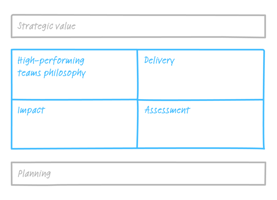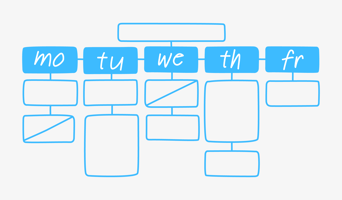Are you tired of attending meetings that feel like a waste of time? You’re not alone. While this is...
Action steps to master your next meeting with success
Teaching all day can be demanding - during moments when educators are fatigued or mentally drained, their capacity to focus, contribute, and absorb information may diminish. Knowing the emotionally and physically challenging context educators may face, leaders must precisely know how to lead effective meetings with positive outcomes. Poorly executed meetings can leave team members frustrated and anxious about their influence on team dynamics. Therefore, it’s crucial to run all meetings effectively, mindfully, and responsively.
Picture this: It's 4:00 PM, the last week before the Autumn mid-term break. A whole-school professional development meeting is about to begin. Your school values professional learning aligned with priorities, staff needs, and the development of student learning and well-being. Despite well-prepared resources, a clear agenda, and a shared plan, the leading facilitator notices low energy levels among the teaching team, who have been actively engaged in teaching all day. The leader recognizes the need to shift the energy for the meeting to be valuable and learning focused.
So, what can a leader do to make the meeting valuable and run it effectively?
The value of a meeting is often determined before it begins - it hinges on the preparation.
Before running an effective meeting that promote positive team cultures, consider the following questions:
- Necessity - Is the meeting really needed? Is collaboration and discussion required? Just because a meeting has always been on the school calendar it does not mean it should always continue.
- The school level - Why and when do we need all staff to hear or discuss common ideas? What topics are needing to be explored to meet school needs?
- The team level - What can we do to ensure teams - eg. curriculum, year-group, department, meet with consistent effectiveness, and equal engagement from all members is supported?
- Individual and small group perspective - Are pre-discussions needed if any topics require careful handling? This is important to manage relationships and potential future difficult conversations.
- Continued improvement - Are we intermittently inviting feedback opportunities from individual team members for meeting improvements?
Want to learn how to build and enable productive patterns of communication?
Learn how our tools can support you
“The health of a team, at any level, is reflected in the health of a meeting.”
Here are 3 action steps for making your meeting more engaging and productive:
Running effective team meetings is a multifaceted skill that intersects with various dimensions of team effectiveness. It’s not just about agenda and time management; it’s about creating a space where communication thrives, and every member feels valued and heard.
1. Take an Anticipatory Approach to Meetings and Team Dynamics:-
- Consider team energy levels in advance – incorporate grounding activities for low energy.
- Allocate roles and responsibilities to maintain order and focus.
- Co-create team agreements or norms - Teams with established agreements often feel more comfortable taking risks and exploring innovative ideas.
-
- Open with a routine - nurture a positive team culture, such as a transition activity or check-in.
- Facilitate the meeting with purpose and intentionality - Anchor work in clear outcomes with an action-oriented approach.
- Close positively and with purpose - Wrap up, offer an opportunity for feedback and thank the team for their contributions.


